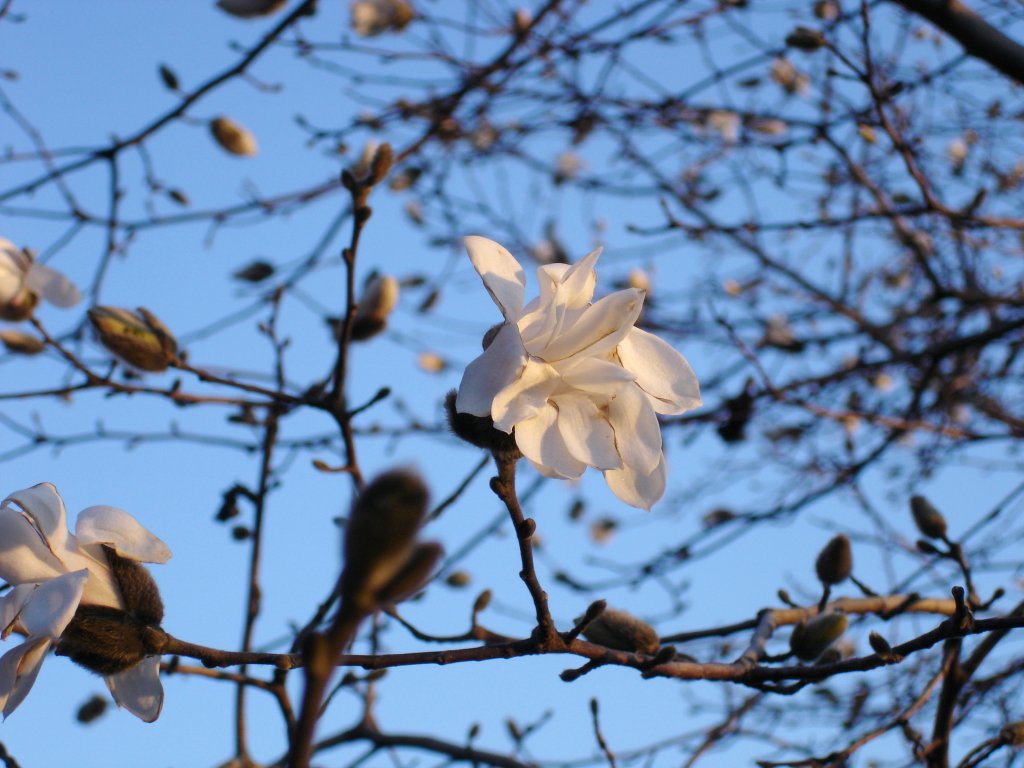Zakaria's latest big concept is The Post-American World, a just-released book whose argument he summarizes in a substantial essay in this week's Newsweek. The basic idea is, the world is becoming a place where the U.S. is not a solo superpower, but rather a complex competitive environment with multiple sites of power and influence. Even as China and India ("Chindia"?) rise, it's not clear that the U.S. or Europe will fall; rather, everyone can, potentially, rise together -- or at least, compete together. Zakaria argues that despite hysterical anxieties figured in the mass media regarding the threat of terrorism and economic crisis, the world has rarely been more peaceful -- and that relative peace and stability has created the opportunity for the unprecedented emergence of independent and rapidly expanding market economies in formerly impoverished "Chindia."
There's more to it (read the article), but perhaps that is enough summary for now. There are a couple of passages I thought particularly interesting, which I might put out for discussion. First, on India:
During the 1980s, when I would visit India—where I grew up—most Indians were fascinated by the United States. Their interest, I have to confess, was not in the important power players in Washington or the great intellectuals in Cambridge.
People would often ask me about … Donald Trump. He was the very symbol of the United States—brassy, rich, and modern. He symbolized the feeling that if you wanted to find the biggest and largest anything, you had to look to America. Today, outside of entertainment figures, there is no comparable interest in American personalities. If you wonder why, read India's newspapers or watch its television. There are dozens of Indian businessmen who are now wealthier than the Donald. Indians are obsessed by their own vulgar real estate billionaires. And that newfound interest in their own story is being replicated across much of the world. (link)
This last insight seems dead-on to me, and it's the kind of thing I think Zakaria appreciates precisely because he was raised in India (no matter how many times he says "we" when talking about American foreign policy, he still carries that with him). This is one of the spaces where Zakaria's status as an "Indian-American" is a real asset, as it gives him a simultaneous insider-outsider "double consciousness" -- he has the ability to see things from the American/European point of view, but also know (remembers?) how the man on the street in Bombay or Shanghai is likely to see the world. [Note: I did an earlier post on Zakaria's complex perspective here]
(As a side note -- for the academics in the house, isn't the narrative Zakaria is promoting in the passage above a "pop" version of what postcolonial theorists have been talking about for years -- what Ngugi called "The Decolonization of the Mind"?)
Secondly, another passage, which I think addresses what might be the biggest hindrance to the multi-nodal global society Zakaria is interested in:
The rise of China and India is really just the most obvious manifestation of a rising world. In dozens of big countries, one can see the same set of forces at work—a growing economy, a resurgent society, a vibrant culture, and a rising sense of national pride. That pride can morph into something uglier. For me, this was vividly illustrated a few years ago when I was chatting with a young Chinese executive in an Internet café in Shanghai. He wore Western clothes, spoke fluent English, and was immersed in global pop culture. He was a product of globalization and spoke its language of bridge building and cosmopolitan values. At least, he did so until we began talking about Taiwan, Japan, and even the United States. (We did not discuss Tibet, but I'm sure had we done so, I could have added it to this list.) His responses were filled with passion, bellicosity, and intolerance. I felt as if I were in Germany in 1910, speaking to a young German professional, who would have been equally modern and yet also a staunch nationalist.
As economic fortunes rise, so inevitably does nationalism. Imagine that your country has been poor and marginal for centuries. Finally, things turn around and it becomes a symbol of economic progress and success. You would be proud, and anxious that your people win recognition and respect throughout the world. (link)
Will resurgent nationalism turn out to be the biggest hindrance to the "smooth" globalization Zakaria is talking about? How might this play out? Will there be a new generation of wars, or will it be expressed in subtler ways (like, for instance, what happened with the nuclear deal within the Indian political system). In the Newsweek article at least, Zakaria doesn't really explore the downside of emergent (insurgent?) Chindian nationalisms in depth; perhaps he explores that further in the book.
